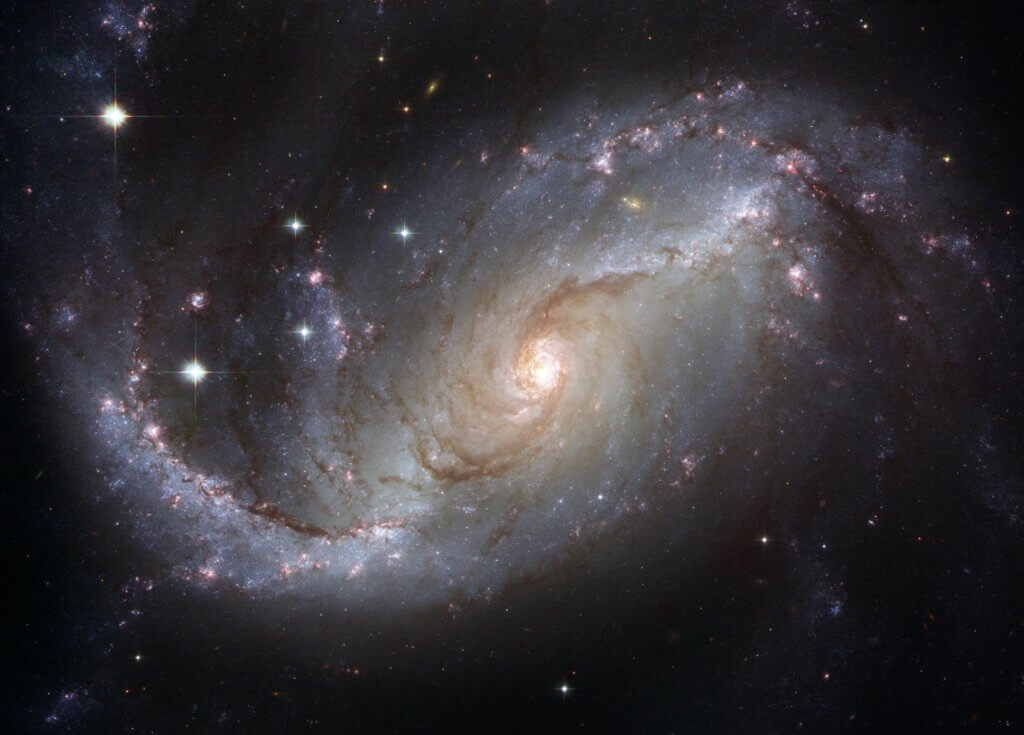The pattern of prophecy—the core ideas all Hebrew prophecies have in common—tells us there is one “Day of Jehovah” that fulfills all prophecy. That “Day of Jehovah” has precedents in ancient times that foreshadow what would happen again. The end-time “Day of Jehovah” will be like the times of destruction and deliverance in the days of Isaiah, Jeremiah, and others. That one “Day of Jehovah” alone, however, will fulfill all prophetic expectations, negative and positive.
The supposition that the classical prophets knew that their predictions could have a second fulfillment—one in their own day and another at the end of the world—becomes clearer when we solve another paradox of Hebrew prophecy: prophets, both classical and apocalyptic, deal with future events in terms of world powers familiar to themselves. Most of the time, such nations are contemporary with the prophet. Or, such nations may have existed before the prophet’s lifetime but no longer be the force they once were.
Isaiah, for example, describes Assyria and Egypt as two world powers of his day—two superpowers. He predicts that in a military confrontation Assyria, the world power from the North, will ravage and subjugate Egypt. The fact that Isaiah’s prediction was fulfilled anciently, however, doesn’t preclude the possibility that his prophecy could have a second fulfillment at the end of the world, as we shall see. Daniel sees a great war that involves the kingdoms of Persia and Greece, both world powers in his day. And yet, as the angel tells him, Daniel’s vision is about the end of the world, not his day. John, on the other hand, sees a vision of an end-time “Babylon.” That Babylon resembles the old Babylonian empire that existed long before John’s time. But what John sees is clearly a new Babylon, not the old.
Names of particular nations, therefore, may not help much to understand a prophet’s vision, especially a vision of the end of the world. The prophets cannot tell us the literal names of future world powers—America, Russia, China, and so forth. That would be too easy, leaving no room for people to exercise faith. In fact, in our day the world powers the prophets mention no longer exist. While there may be a modern Persia, Greece, or Egypt, such nations resemble the old only in name, location, and possibly some ethnic identity. Today, they are relatively insignificant political powers on the world stage compared to the ones the prophets saw. The prophets’ visions of the future reflect those nations’ ancient roles as major world powers, not the roles, if any, of their modern namesakes. So if we try to identify modern Egypt with ancient Egypt or modern Iraq with ancient Babylon, for example, we are bound to get confused. We need to find another way to interpret these names of nations.
A more fruitful way to interpret their names is to examine the pattern of prophecy. For example, if the identity of the world power from the North in classical prophecy changes from prophet to prophet while its role remains the same, then what does the name matter? The name doesn’t matter so much as the role the world power fulfills; and its role is essentially the same in both classical and apocalyptic prophecy. In the pattern of prophecy, the role, not the name, is a constant. Could the prophets thus all be speaking of one and the same world power from the North so far as an end-time scenario is concerned? The name of this world power in any given instance in Israel’s history would then simply be a codename for an end-time world power, whose role, not the name, is the important thing.
If that were the case—if the names of ancient world powers were codenames for end-time world powers—then the “king of the North” in the apocalyptic Book of Daniel would be the same as the king of Assyria, also from the North, in the classical prophecy of Isaiah, and the same as the king of Babylon, again from the North, in the classical prophecy of Jeremiah—so far as an end-time scenario is concerned. Isaiah’s and Jeremiah’s prophecies could then be relevant to a future time and place besides being relevant to their own day.
The information these prophets give, in other words, could then provide a far more comprehensive picture of the end of the world, helping us to determine who is who. The prophets, after all, were visionaries who saw to the end of time, and they could have nuanced their writings to fit both time frames, their own and the end-time. In that case, just as the future “Day of Jehovah” would resemble ancient days of destruction and deliverance, so future world powers would resemble their ancient counterparts in the roles they fulfilled.
(From The End from the Beginning, 15–17.)












